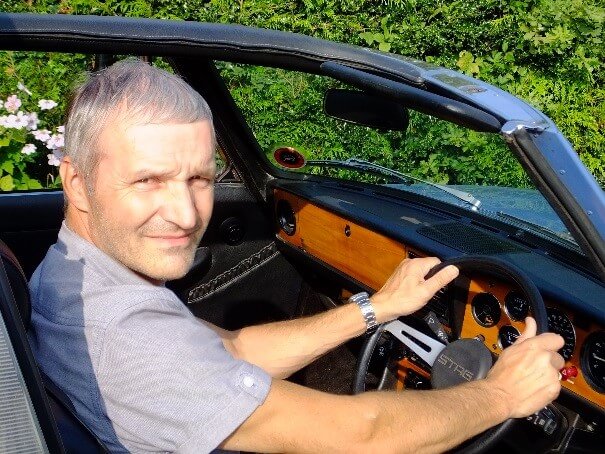Q&A: Graham Hill, Facilities Manager
- How long have you worked in this industry?
I began my career in 1976 as a 16 year old apprentice with the Mullard Radio Valve Company in Mitcham, Surrey. Mullard was later taken over by Philips. Following the successful completion of the four year Philips apprenticeship, I got a job in the factory as a quality and repair technician in the Electronics Assembly Department. After around five years, I changed direction slightly and joined the Central Materials Laboratory running the photography department. Photolithography was how Printed Circuits were produced before the CAD systems we use today were available. Philips closed this factory in the late 1980s and I continued working with PCB design at PT Barkley and company in Coulsdon. Wanting to get back to a more manufacturing based job I had the opportunity to join Chemigraphic in 1994 as a production engineer and the rest, as they say, is history.
- Why did you choose to work in this field?
I was never going to be a great academic, was not interested in performing arts and wasn’t particularly sporty, so it was always going to be some sort of practical occupation for me. I considered farming, civil engineering and building trades but in the 1970s hobby electronics was all the rage and I had the opportunity to build my own hifi amplifier whilst still at school. Having loved this project, I decided that a job involving electronics was the way to go. The part of the process that appealed to me most was putting things together, which explains my fondness for manufacturing. The best days are always the ones where at the end you can stand back and say “I made that today”
- What do you love about your job?
The variety. My role at Chemigraphic is very diverse and wide-reaching, and I can honestly say that I can never tell what the day is going throw at me until it starts. Part of what I do is to define what others are going to be making, be it via technical drawings or via written instruction. Then there is the face to face part of the job, involving helping our teams assemble things in the best possible way either directly, by observing difficulties or helping them develop techniques to overcome these issues.
- Describe a ‘typical day’ for you
A typical day will be spent at Crawley ensuring that as another month draws to a close, targets are met, all systems are working, all customers are satisfied, and all staff are comfortable in their roles. Not an easy task, but one I enjoy pursuing!
- What have been the proudest moments in your career so far?
The successful completion of any project is always something to be proud of. Obtaining the final sign-off from building control for the Mezzanine floor that houses our SMD, PCB and Test departments was certainly one of my proudest moments. This required managing third parties including the local authority to confirm that all regulations regarding fire control, lighting levels, air handling and emergency access were all correct and met legal requirements.
A new project which is just starting now is our Apprenticeship training scheme. Getting this up and running and seeing younger people successfully complete the scheme and secure good technical jobs will be a very big achievement and one I look forward to.
- What’s the biggest change or development you’ve seen since working in the industry?
It has to be the digitalisation of almost every aspect of what we do. In 1976, when I started my career, companies produced PCB assemblies which were every bit as intricate as we do today but just using very different techniques and without a single computer of any sort. All the way from the board blank layout which was done by line film and photographic techniques to the assembly which was completely carried out by hand. There were no word processors, no spreadsheets, and no e-mail: things still got done but just in different ways.
